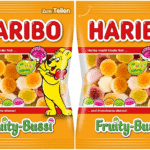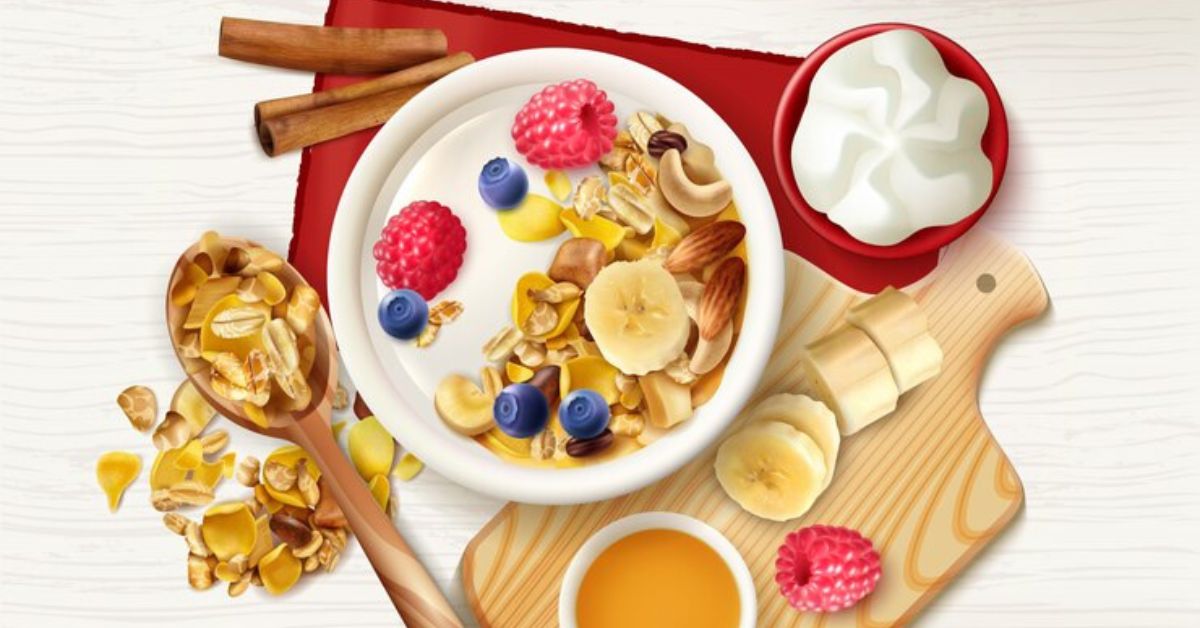For all the right reasons,ancient grain in a healthy cereal are having a spectacular dietary renaissance. The nutritional value and health advantages of these grains have not altered much throughout the millennia. A great approach to have a healthy start to the day is to mix them into your cereal for morning. Learn about the history of grains, their uses, and how to include them in your diet and lifestyle in this in-depth essay.
What Are Ancient Grains?
Ancient grains are a group of grains and seeds that have remained largely unchanged over the last few centuries. Unlike modern grains, which have been extensively bred and modified, ancient grains retain their original nutritional profiles. Examples include quinoa, amaranth, millet, spelt, farro, and teff. These grains have been staples in various cultures for thousands of years, celebrated for their robustness and health benefits.
High Fiber Content
One of the standout features of ancient grains is their high fiber content. Fiber is essential for maintaining a healthy digestive system. It helps regulate bowel movements, prevent constipation, and reduce the risk of colon cancer. Additionally, fiber helps you feel full longer, which can aid in weight management by preventing overeating.
Rich in Vitamins and Minerals
Ancient grains are packed with essential vitamins and minerals. They are excellent sources of magnesium, potassium, zinc, and B vitamins, all of which play crucial roles in maintaining energy levels, supporting immune function, and promoting overall health. These nutrients are often stripped away in modern, refined grains, making ancient grains a superior choice for nutrient density.
Low Glycemic Index
The glycemic index (GI) measures how quickly foods raise blood sugar levels. Ancient grains typically have a low GI, meaning they cause a slower, more gradual rise in blood sugar levels. This is beneficial for managing diabetes, maintaining steady energy levels, and reducing the risk of developing insulin resistance.
Quinoa
Quinoa is a nutritional powerhouse, often referred to as a “supergrain.” It is a complete protein, containing all nine essential amino acids, making it an excellent choice for vegetarians and vegans. Quinoa is also rich in fiber, magnesium, B vitamins, iron, potassium, calcium, phosphorus, and vitamin E. Its versatility makes it a perfect addition to both hot and cold cereals.
Amaranth
Amaranth is a gluten-free grain that is high in protein and contains significant amounts of lysine, an amino acid often lacking in other grains. It is also rich in iron, magnesium, and calcium. Amaranth’s anti-inflammatory properties and ability to help lower cholesterol levels make it a healthy choice for your cereal bowl.
Millet
Millet is another ancient grain that deserves more attention. It is rich in magnesium, which can help regulate blood pressure, and antioxidants, which protect against oxidative stress. Millet’s mild, slightly sweet flavor makes it an easy addition to a variety of cereal recipes, both hot and cold.
Spelt
Spelt is an ancient form of wheat that is higher in protein and fiber than modern wheat. It also contains essential nutrients like iron, magnesium, and zinc. Spelt is known for its nutty flavor and is easier to digest than contemporary wheat, making it a great choice for cereals.
Farro
Farro is a chewy, nutty grain that has been a staple in Mediterranean diets for centuries. It is rich in fiber, protein, and antioxidants. Farro also contains iron, magnesium, and zinc, which contribute to its health benefits. It can be cooked into a creamy porridge or added to cold cereals for extra texture and nutrition.
Teff
Teff is one of the smallest ancient grains but is packed with nutrients. It is high in protein, calcium, and iron, and contains resistant starch, which can benefit blood sugar management and gut health. Teff’s mild, slightly nutty flavor makes it a versatile ingredient in various cereal recipes.
Adding Ancient Grains to Cereal
Incorporating ancient grains into your cereal is simple and can be done in various ways. Mix and match different grains to create a unique blend of flavors and textures. Add fresh or dried fruits, nuts, and seeds to enhance the nutritional profile and taste. Sweeten your cereal naturally with honey, maple syrup, or a sprinkle of cinnamon instead of refined sugars.
Other Ways to Enjoy Ancient Grains
Ancient grains are incredibly versatile and can be enjoyed in numerous ways beyond cereal. Add cooked grains to salads for extra bulk and nutrition. Use them in baking recipes, such as bread, muffins, and cookies. Serve grains as a side dish with your favorite meals to boost their nutritional content.
Nutritional Differences
Ancient grains often have higher fiber, protein, and essential nutrient content compared to modern grains. This makes them a healthier choice for those looking to enhance their diet with nutrient-dense foods. Modern grains are typically refined, stripping away many beneficial components, while ancient grains retain their natural goodness.
Health Impacts
Consuming ancient grains can lead to better digestion, more stable blood sugar levels, and improved heart health compared to modern, refined grains. Their higher nutrient content supports overall health, making them an excellent choice for a balanced diet.
Where to Buy
Ancient grains can be found in health food stores, online retailers, and increasingly in regular grocery stores. Look for them in the bulk foods section or alongside other specialty grains.
What to Look for in Quality Grains
When buying ancient grains, choose organic options to avoid pesticides and ensure you’re getting whole grains, not refined versions. Check the packaging date to ensure freshness, and consider buying in bulk for better value and to reduce packaging waste.
Conclusion
Add some ancient grains to your cereal for a simple yet effective way to improve your health. Ancient grains have a low glycemic index, high fiber content, and essential vitamins and minerals. Try quinoa, amaranth, millet, spelt, farro, or teff for a delicious and nutritious breakfast. Try different ancient grains today for a healthier start to your day.
FAQs
What are ancient grains?
Ancient grains are grains that have remained largely unchanged over the last few centuries, retaining their original nutritional profiles and natural goodness.
Are ancient grains gluten-free?
Some ancient grains, like quinoa and amaranth, are gluten-free, while others, like spelt and farro, contain gluten.
How do I cook ancient grains?
Cooking methods vary by grain, but most can be boiled or simmered in water until tender. Always check specific cooking instructions.
Can I mix ancient grains with other ingredients?
Absolutely! Ancient grains can be mixed with fruits, nuts, seeds, and sweeteners to create delicious and nutritious cereals.
Are ancient grains suitable for kids?
Yes, ancient grains are nutritious and can be a healthy addition to a child’s diet. They provide essential vitamins and minerals that support growth and development.










